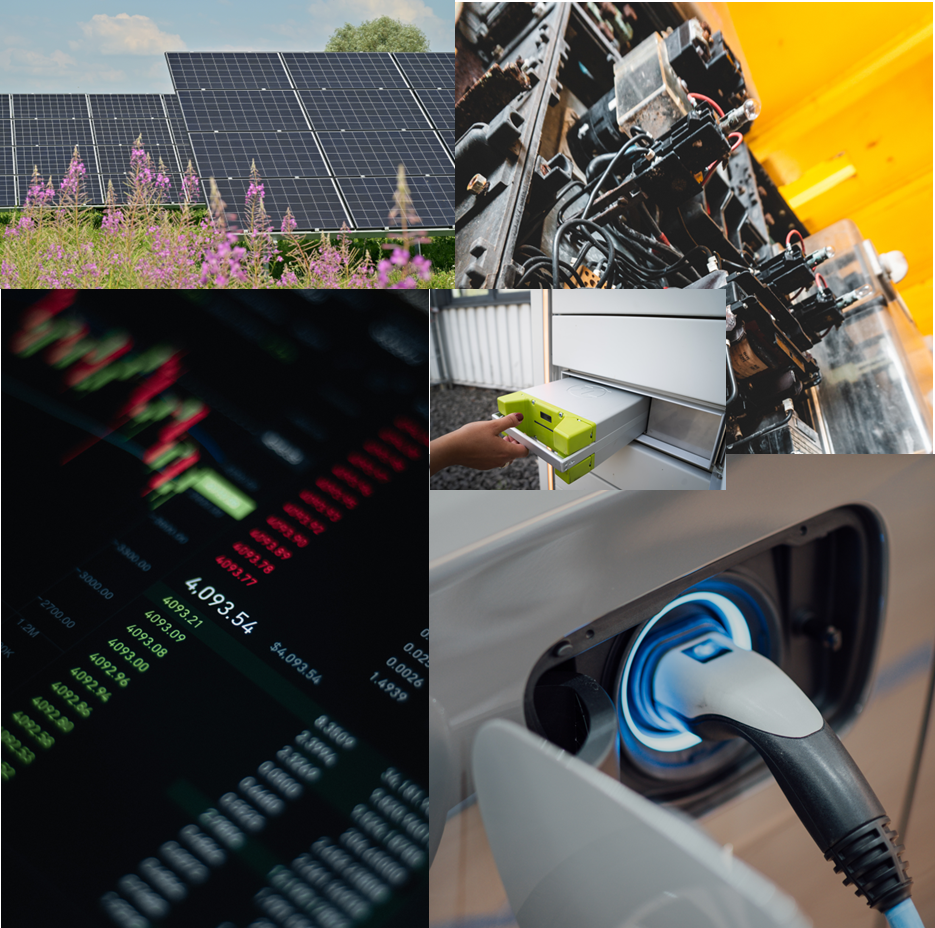TWINEU (pilot 8)
The power system is undergoing major changes due to the integration of renewable energy and power electronics. To support system operators from day-ahead planning to real-time operations, new smart assistant tools are being developed. Despite these tools, operators will continue to play a central role in anticipating issues, coordinating distributed controls, and managing balancing and congestion. To prepare these future operators, existing decision support tools need upgrading and realistic testing environments. This goal is being pursued through the European project TWINEU (Pilot 8), with further enhancements from the TRAISIM side project—both forming parts of a unified initiative.










